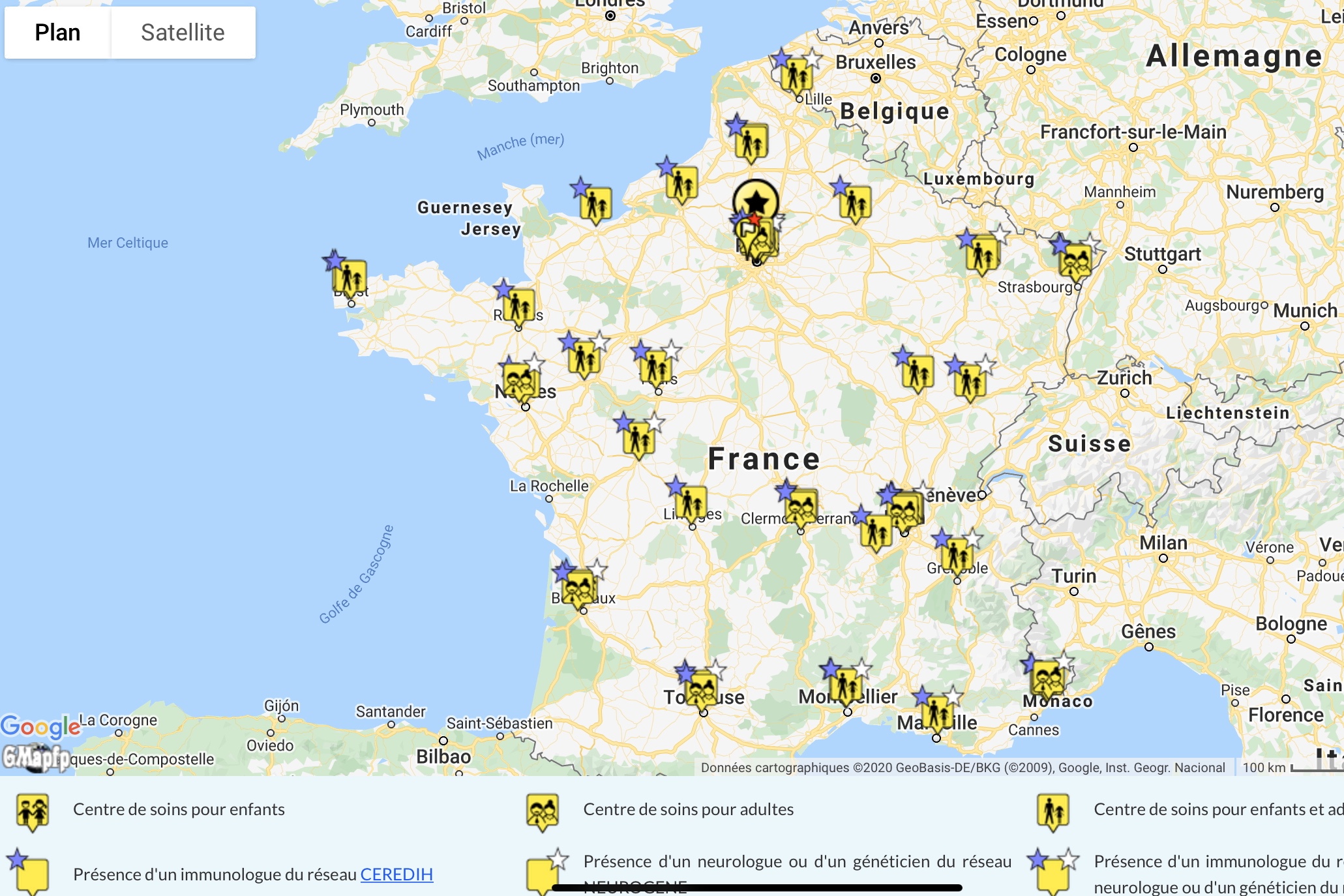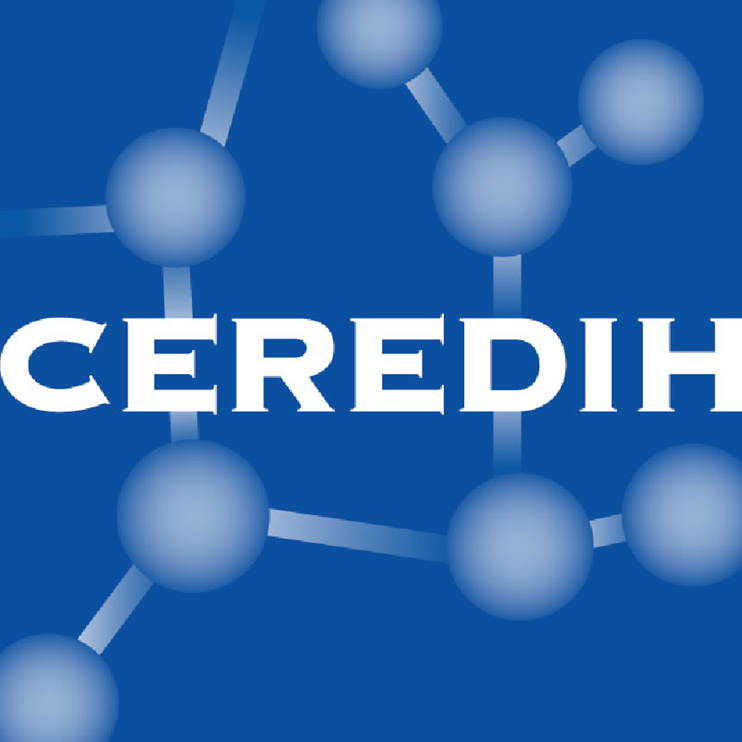The extreme threat of ataxia telangiectasia leads to considerable stress for the patient with AT and his family. It is the role of the psychologist to help them overcome by the listening of course, but also by offering the patient pathways enabling him to build himself and to exist in society.
In young children with AT
A young child is very concrete and takes place in what he does. The first difficulty, the first questions concern the difference with the others, when for example he can not participate in a physical education or that it needs a specific equipment. In general, the answer to the question "why me?" must be based solely on what the child lives, be full of imagerie, but not project too far into the future. A coherent response should suffice. Indeed, a young child thinks in the short term and finds gratification in what he succeeds, even if it is not the same things as the others. However, and in any case, the answer must be false because the more it is delayed, the more the management of the truth is difficult.
It may be necessary through the teacher to say a few words in class about the difficulties of the child with AT, because it does not do everything like everyone else or that he alone has the rightan to assistant helper of scholastic life for instance. Once things are said, the young children ask no more questions and the child with AT is often more easily integrated into the group, even protected.
Consulting a psychologist with experience of disabilities, including neuromotor ones as can be found in specialized centers, is obviously indicated. Be careful though to make it clear that the ataxia telangiectasia, not necessarily well known, is a progressive disease in contrast to other conditions. This is very important for the psychologist in the choice of methods he will use.
In older children with AT
Throughout his intellectual development, the child with AT becomes aware of the concepts of time and future. Existential questions come: "Why life? Why death? ". The child projects and anxiety that results is multiplied by the consciousness of being touched by a threatening disease. It is not uncommon that, at the key age of adolescence, the child with AT is depressed. Contributing factors are:
- The feeling of injustice
- The loss of skills, so of independence at an age where precisely, we want to win it.
- Sexuality badly lived: in addition to hormonal problems and infertility which may delay the development of sexual characteristics is the question of the gaze of the opposite sex in a society where appearance is erected in value.
- The isolation of his comrades driven by the difference, misunderstanding or even marginalization due to not being able to participate in certain activities
- Guilt: the feeling of forcing the family to organize its life and time around him
This leads to frustration, loss of confidence and loss of motivation.
In addition to psychologists with experience of disabilities, those who treat those patients with threatening long-term illnesses, like cancer for example, have the skills to help these youngs with AT.
Much of the work of the psychologist is to maintain the image the child has of himself as and when his condition deteriorates by indicating how to continue to achieve success in his social life. This requires the evaluation of his weaknesses but moreover of his strength. The goal is to maintain at all costs social relations, particularly with peers. The search for solutions are coming through:
- Maintaining the autonomy to be able to join a group, but it relies more on the use of adaptive equipment: it is the work of the physiotherapist , the psychomotor and the occupational therapist .
- The opportunity to take decisions alone: this is what makes the young with AT exist as an individual.
- Keeping in touch with his friends. This is critical: knowing the young with and his pathology, his comrades won't arise any more the question of the disease and will provide distraction, social ties and the impression to exist as a good friend.
- When the physical possibilities come to prevent the practice of routine activity, nothing prevents the young with AT to become assistant coach or leader of a group of younger children: therefore, he passes on instead of receiving and this will both increase his standing in the eyes of his friends and give him personnal satisfaction.
- All activities do not involve the physical possibilities: puzzle games clubs, journalism, theater (directing, writing), etc ... are accessible as long as possible difficulties of communication are explained to participants.
- Increasingly, young people communicate through communication networks. Internet is such a great way to maintain contact with family, friends and online games perfect for integrating into a group.
Finally, it is not because the outlook of the disease are very dark that one should stop from planning projects: some children with AT go to college, some are working. It is important not to give up and support the child with AT in its projects and its success. No one knows what tomorrow will bring.
In the family
Most of the problems of patients with AT are also expressed in the family circle for reasons sometimes similar, sometimes different. The same psychologists who deal with children's issues can also treat those of the family. They face the following problems:
Sense of injustice and guilt:
Having transmitted such affection to our child and in fact make him a living hell: why him? why us? But in reality, in a country like France, there are 3 or 4 million people concerned with one of the 7000 "rare" diseases, that is to say, which affects fewer than 30,000 people ... 1 in 20 ... 80% are genetic and most are orphans, that is to say they have no known cure. Not to mention other diseases. Certainly all are not as severe but the conclusion is that, like death, disease is part of life. So there is no answer to the question: why?
Frustration:
Seeing that our child can not have a normal life, not knowing what to do to help or heal, the apparent lack of hope in the current state of medicine... This frustration will depend very much on the psychological state of the child with AT. In addition to what has been discussed in the sections above to maintain his mental balance, the fact of seeing his family involved in the fight against the disease may be beneficial. It is in any case for family members who are, by giving the impression to take control of their own destiny and the one of their child. With the arrival of AT Europe, efficient structure just like the one of the English AT Society and the American ATCP, a global network of fight against ataxia telangiectasia is set up and allows families to invest effectively in this fight. As for medicine, we live in an age where everything seems possible: then, more than ever, there is hope.
The sword of Damoclès :
The fear of a complication, the prospect of a written future. By its very progressive nature, ataxia telangiectasia leads necessarily towards more or less serious complications and it would be illusory to believe the contrary. But as the symptoms are expressed in different ways depending on the patients, no one knows when or what complication will appear. Nobody knows either if, before it appears, a researcher will not found a cure for it. Who can predict the future? We must force ourselves to stay philosopher: carpe diem, we do not know what tomorrow holds, then there is no need to worry too much about and anticipate.
Isolation:
The feeling of being alone in the world facing the illness of our child, finding no support at associations, not being able to share our experience, finding no informations nor medical expertise, not feeling sufficiently considered in the medical field, noticing the condescending glances sometimes annoying, having to explain again 100 times... AT Europe can unfortunately do nothing for any inconvenience caused by the gaze of others, but keep in mind that the condescension in it has positive values such as kindness and goodness. However, the AT Europe website, with all its information, forum and the community of families of AT Europe were thought to break this isolation.
Siblings:
It is difficult for parents to spend as much time and take proper care of any other of their children for whom the impact of the disease progression of their sibling with AT is also considerable. Raising a child with AT requests a lot of energy, time, and often represents the main concerns of parents who may be unintentionally less available for the other healthy children who grow up next door. They may feel left out in addition to suffering the trauma of seeing their brother or sister deteriorating gradually. Good observation of their behavior, their academic performance and an ongoing dialogue with teachers is essential to detect any psychological disorder. There are consultations involving several siblings of sick children that allow them to express themselves beyond the control of parents and share experiences.
The material aspect:
Equip or adapt its housing can be very expensive and sometimes impossible, increasing the frustration. Being closer to a suitable medical facility or school may require a move, the management of children with disabilities may require to change job or even stop working, with all the relating consequences...
Points of vue:
Manage without opposition, within the same family, different ways to cope: more or less medicalization, alternative medicines, religion ... everyone has to find its response to the illness of the child. And anyway, who can judge that one is worse than the other? Therefore, the only way to manage differences of approach is to make them complementary, as long as it does not come at the expense of the child.
The management of emotion and stress, the disruption of family and social life explains that depression is not uncommon in patients with AT and their families. Most of the work of the psychologist must focus on the psychological well-being of the patient which will reflect back on the family. The approach is different depending on the maturity of the children with AT, and is based on two things: independence and self-esteem.






